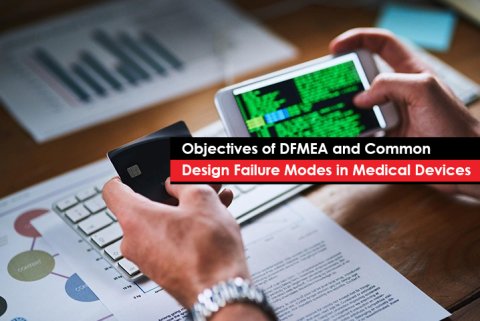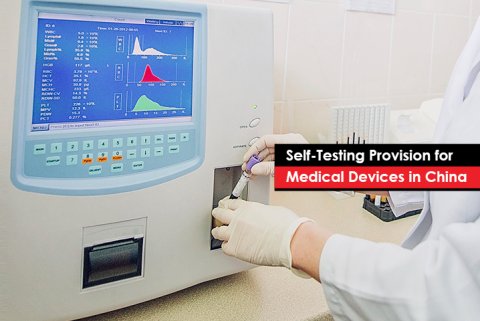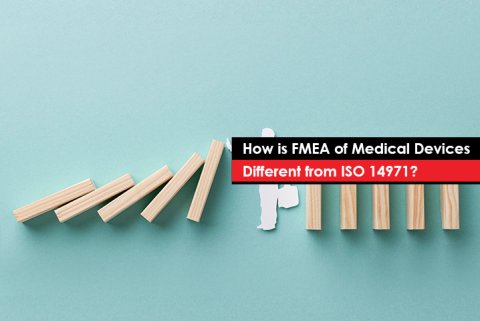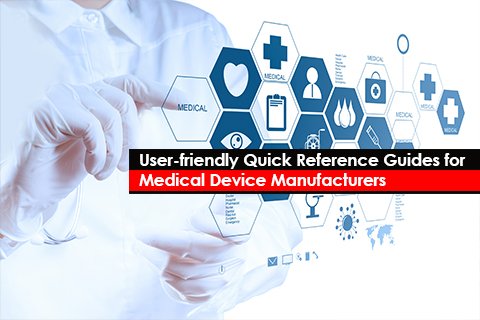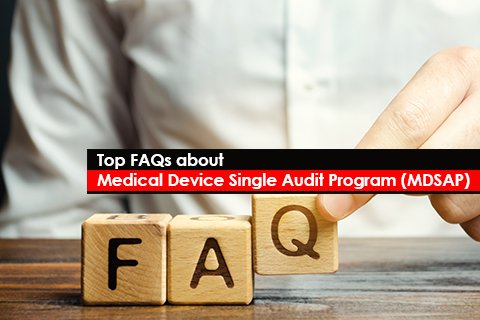IVD Self-certification under the EU IVDR and the Elements to Consider
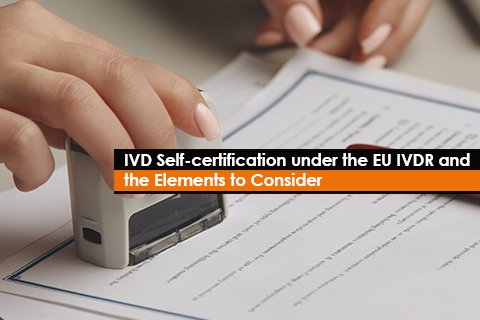
Class A IVDs under European Union In Vitro Diagnostic Devices Regulations (EU IVDR) 2017/745 require self-certification. The manufacturer is required to self-declare their product’s compliance with the EU IVDR’s requirements and affix the CE marking.
While the process for self-declaration seems easy compared to other device routes, the intricates, when ignored, can create complications in placing the device in the EU market. Below are some of the key points that manufacturers need to note while placing Class A devices on the market:
